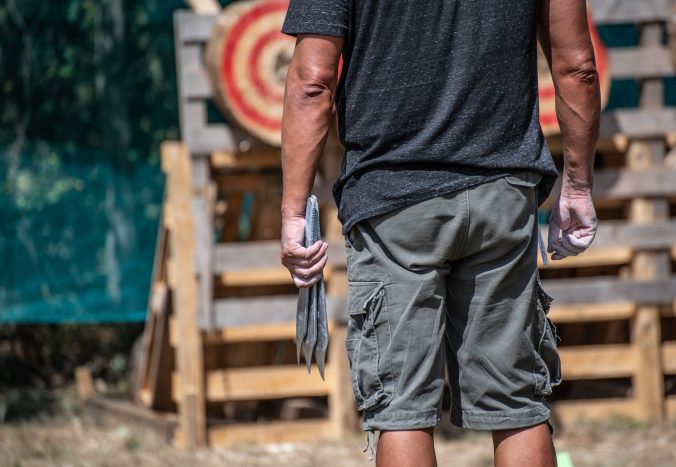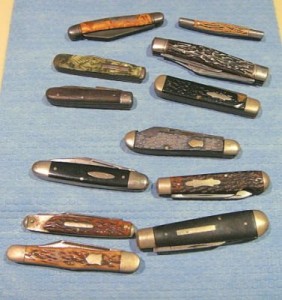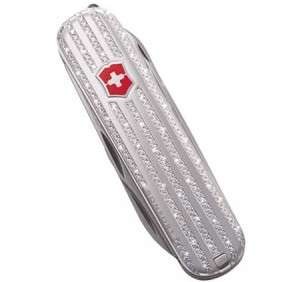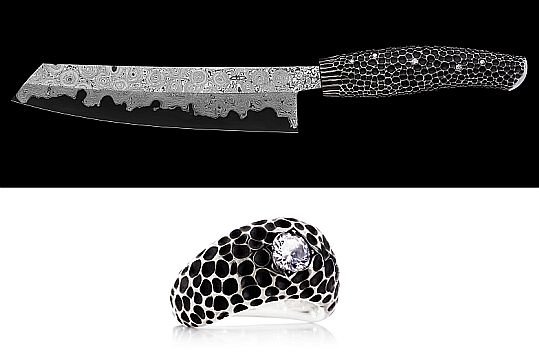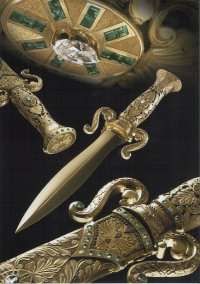Knife collecting is one of the most rewarding and addicting hobbies today. It can also be expensive! The record for a collectible knife goes to the Gem of the Orient at $2.1 million.
Most collectors don’t dream of spending that much, but knives can still run in the thousands of dollars. Knife collectors know what it’s like to see what looks like the perfect knife and buy it on the spot. Sadly, this often leads to buyer’s remorse as the knife doesn’t live up to its promise.
Are you looking to add some new or custom knives to your collection? Beware of these five common mistakes that have been the downfall of new and veteran collectors alike.
Knife Collectors’ Top 5 Mistakes
Whether you’ve just started your collection or have been working on it for years, there are a few pitfalls that any avid collector can fall into. But following this guide on collecting mistakes can steer you towards a collection that fits your purpose and your budget.
1. Buying in Haste, Repenting in Leisure
It happens to every knife collector at some point: love at first sight. You see a knife that you just know, in your gut, you can’t live without.
This is the time to take a very deep breath and talk yourself down off the ledge. Buying a knife in the heat of the moment is a perfect way to throw your money away.
Take a moment to think about the purpose of your collection and whether the knife fits. Are you collecting for investment? Without doing your due diligence it’s impossible to know that this knife will increase in value anytime soon.
Or maybe you know that you’re looking to add an Old Timer to your collection, but a newer style switchblade catches your eye. You may end up with a sub-standard knife and still need to fill that hole in your collection.
In most cases, the knife isn’t going anywhere just yet. Take your time to think twice about the knife. This will help you avoid a costly mistake.
Which brings us to the next downfall:
2. Neglecting Your Research
With all of the myriad information on the internet today, there is no excuse for buying a knife without knowing all about it first. This is a key rule in any kind of collecting. Knife collecting can be fun and rewarding, but buying a knife is an investment and must be done responsibly.
There are so many factors to consider when buying a knife. Ask yourself the important questions below before buying. Much of this information is easily accessible online.
First, look into the knife maker. Where have they worked before? Are their knives well-regarded?
Some knife makers have a large following due to their charismatic or storied past. However, that doesn’t mean that the knife is top quality. It still might not be the right knife for you.
Search online for the right pricing. Is the knife overpriced? If you’re shopping online, research whether there is a store or show where you can hold the knife before buying.
Finally, is this knife a good investment? Some knives may be trending but will fail to increase in value in the long run. It’s hard to say exactly what will happen, but doing your research ahead of time can help.
3. Ignoring the Face
You see a knife you love, but does it have a recognizable face? The face of a knife refers to the mark or branding on the blade. Every reputable knife maker has a distinctive mark that you will be able to recognize immediately.
If you don’t see a face, or it is not easily identifiable, the knife may be a knock-off. This kind of knife will not resell as well as an original. Save up your money for the real thing.
Any maker or collector worth his salt will tell you that the face is an integral part of the knife. It tells the story of the maker’s brand, while also signaling its worth to the buying public. Know the face before you buy it!
4. Blowing Your Budget
Have you set a budget for your next knife purchase? Not doing so is one of the big mistakes collectors make. The other is not sticking to a set budget.
The budget will be different depending on the collector. Knives can range from tens of dollars to thousands of dollars. Every collector will not be able to spend that amount on a purchase.
Shopping without a set budget in place can lead you to a purchase you’ll regret. The high-ticket item might not fit in your collection, or it could prevent you from buying more knives in the timeframe you’d hoped.
Going above your budget is tempting, but I refer you back to mistake #1. Collecting is a long-term proposition, you’re in this for the end game of a beautiful and valuable collection. It’s not just about one knife!
Take a breath, save your money, and come back when you’ve got the budget for it. The challenge of setting a budget will make every purchase that much more meaningful.
5. Missing the Shows
If you’re not attending knife shows or conventions, you’re missing out. Shows are not just about buying your next knife.
At shows, you can connect with makers, sellers, and other collectors. Other knife enthusiasts are a great source of information and leads for where to buy your next knife.
Find the next trade show near you to start out, and who knows where you’ll go next? Remember to add show costs to your collecting budget!
Always Check With the Experts
While these mistakes can set back any collector, there is one rule you should always follow. Check with the experts for guidance on your next purchase.
We know knives and knife collectors. At Knife-Depot.com you can shop our store and also find handy buying guides for any kind of knife collector.
